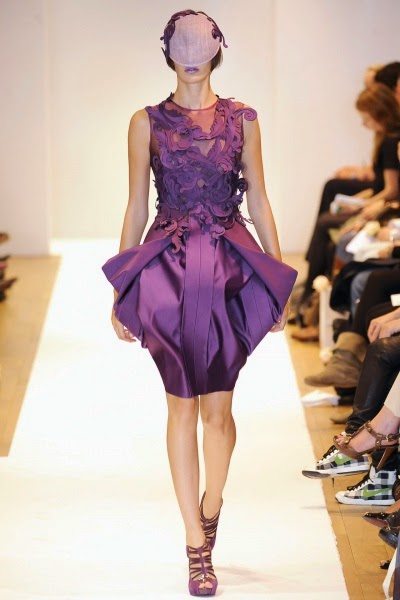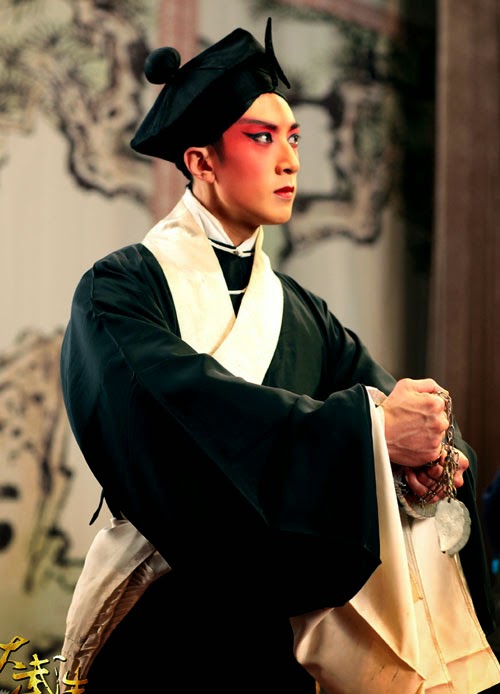Rules of Costume Tradition
(1) Anachronisms are allowable. A performer's costume primarily designates his or her role on the stage no matter when or where the action takes place. Characters, whether they are from ancient times or in pre-modern China, appear on the Chinese opera stage wearing costumes suitable to their roles.
(2) Regardless of which season is being depicted in performance, the opera costume is the same. Weather is described in every scene and must be made clear by the actor's movements, rather than his clothing.
(3) Beijing Opera costumes must enable the audience to distinguish a character's sex and status at first glance. In terms of symbolism, Beijing Opera costumes have its social hierarchy -- noble or humble, civilian or military, official or private citizens.
(4) By means of a subtle difference, opera costumes often give expression to sharp distinctions between good and evil or, preferably, loyal and wicked characters. Oblong Wings (chizi) attached to a gauze hat indicate a loyal official. In contrast, a corrupt official is made to wear a gauze hat with rhomboidal wings.
(5) Baldrics, though apparently of little or no account as compared with such principal items as crowns and robes, may nevertheless function to bring about more dramatic effects on the stage. For instance, the wings attached to a hat, the plumes (lingzi) pinned to a helmet and the cascading sleeves (shuixiu) sewn to a garment accentuate movement even if they have little practical use.
In the early days, opera costumes were mainly made of wool or coarse cloth; later, satin, crepe and silk were used, decorated with various meticulously embroidered patterns. The making of opera costumes is a special and unique stagecraft. The costume box first appeared in the Ming Dynasty (1368-1644), and was greatly improved in the Qing Dynasty (1644-1911).
Lavish Costumes
(1) Headdress: Designated by the general term Toukui, opera headdress comprises such items as crown, helmet, hat and scarf. Crowns are for the emperor and nobles; military people wear marshals, helmets; ordinary folks wear soft scarves or straw hats. Some headgear, such as crowns, is rigid, while others are soft.
(2) Costume: There are 20 major kinds of costumes, including the ceremonial robe, or Mang; the informal robe, or Pei; and the armor, or Kao, for soldiers. Ten colors are used, half of which are the five primary colors (or shang wu se), namely, red, green, yellow, white and black, in contrast to the other group of pink, blue, purple, pale-brown and pale-blue, all of which are labeled secondary colors (xia wu se).
Many details should be paid attention to, for example, Mang is the general costume for the emperor and nobles, but there are differences between these costumes. There is a dragon, opening its mouth on the Mang for the emperor, while the dragon on the Mang for the ministers and generals having its mouth closed. The dragons on the costume of the civil officials are gentle and quiet, while the ones on the costume of the martial officials are bold and mighty. There are clear distinctions between the use of colors, for example, the red Mang stands for majestic and noble, the green Mang indicates mighty and bold, the white one fits the handsome young people, and the black one is for the upright and unconstrained people. Besides, there are simplified Mang and Mang specifically made for the female actress, the Laodan, and the palace eunuch.













































.jpg)


